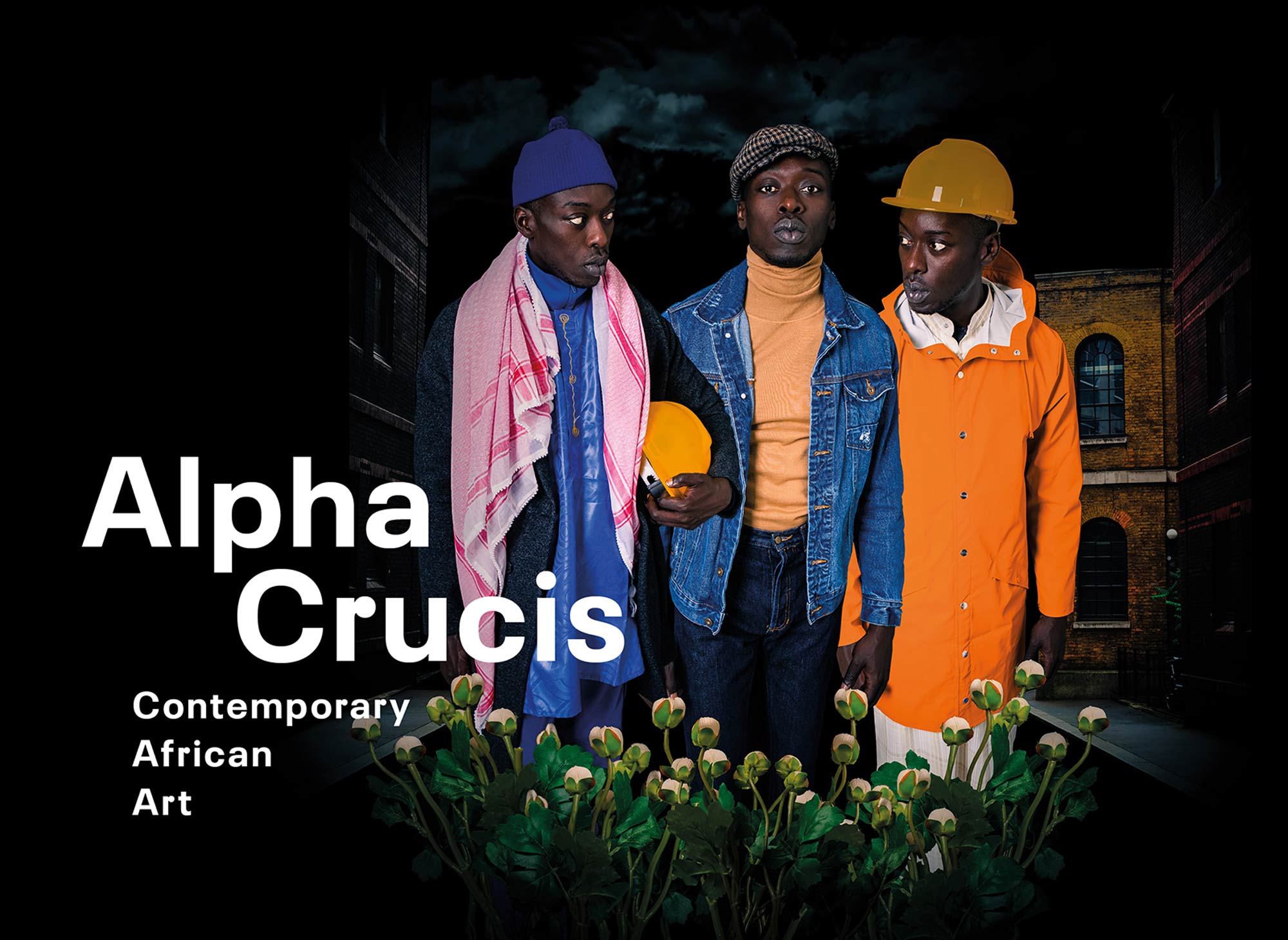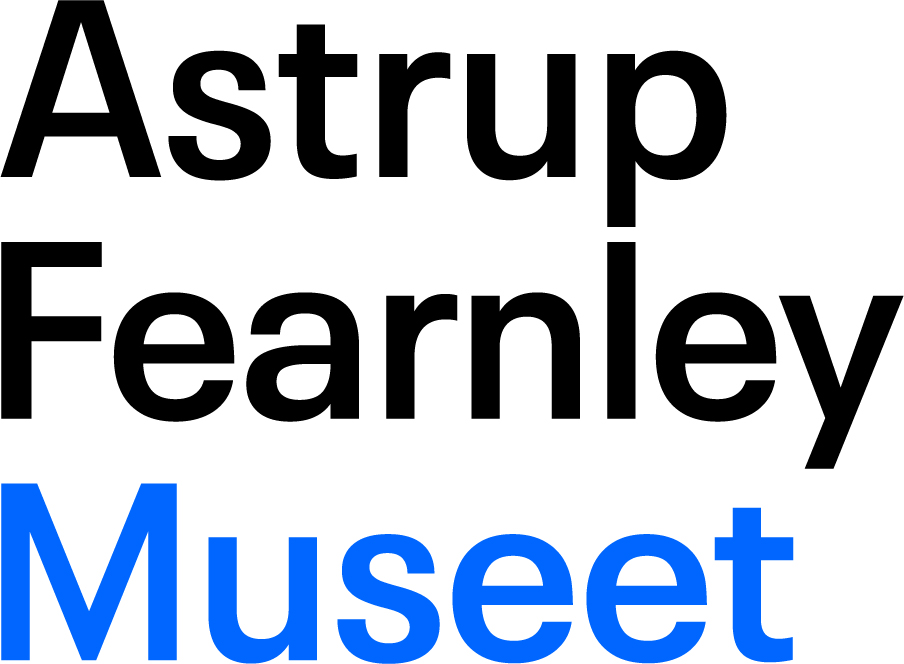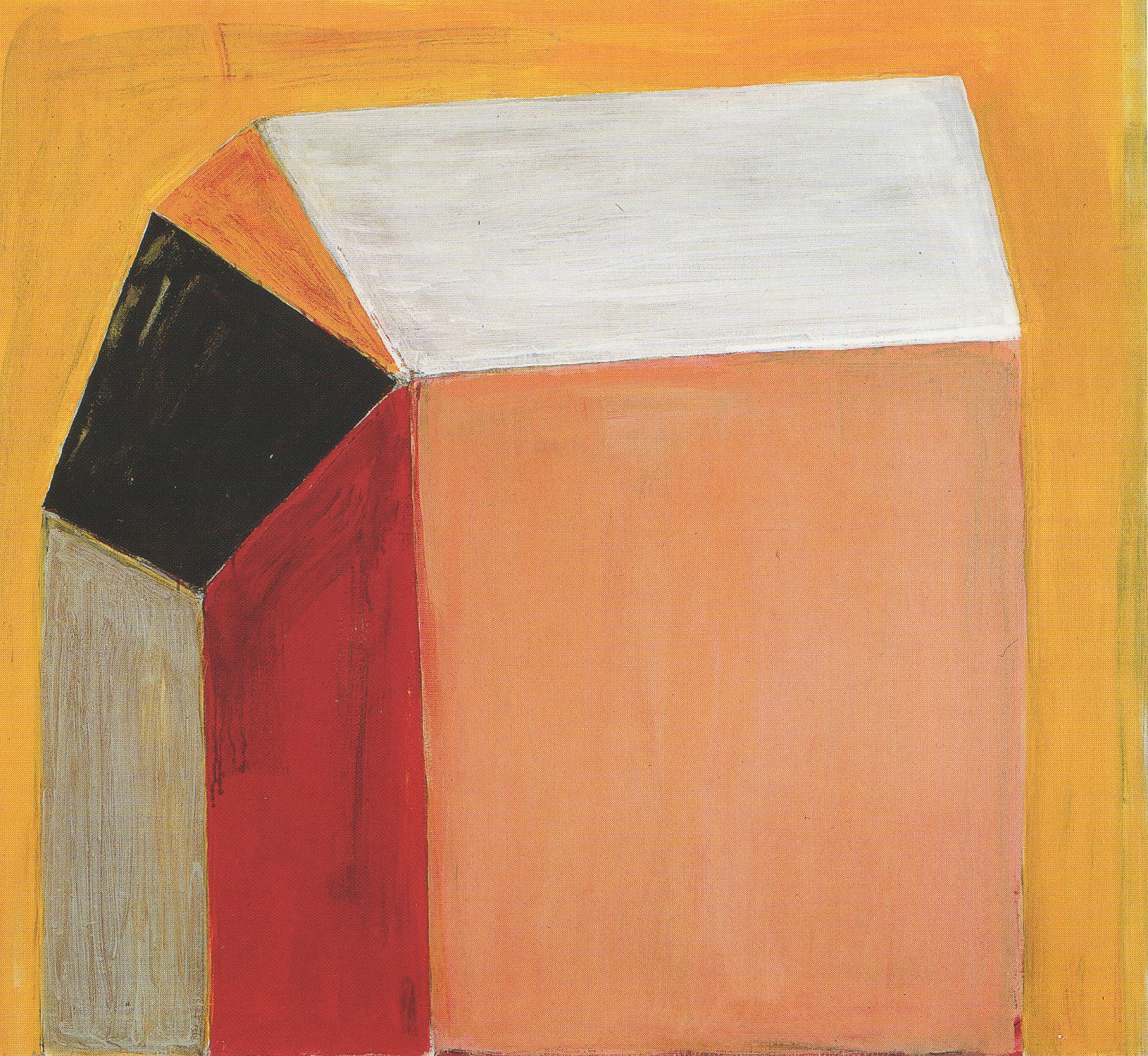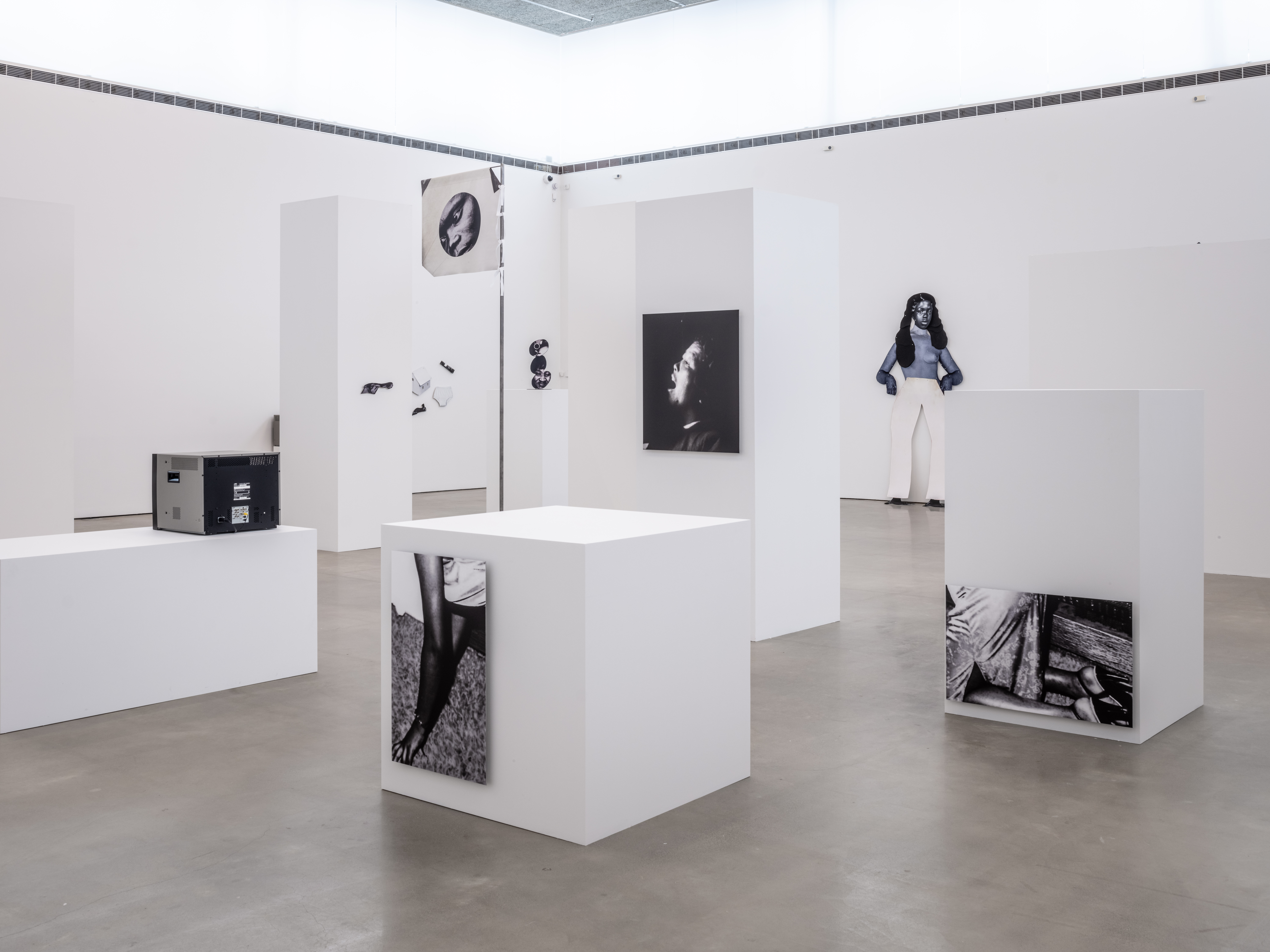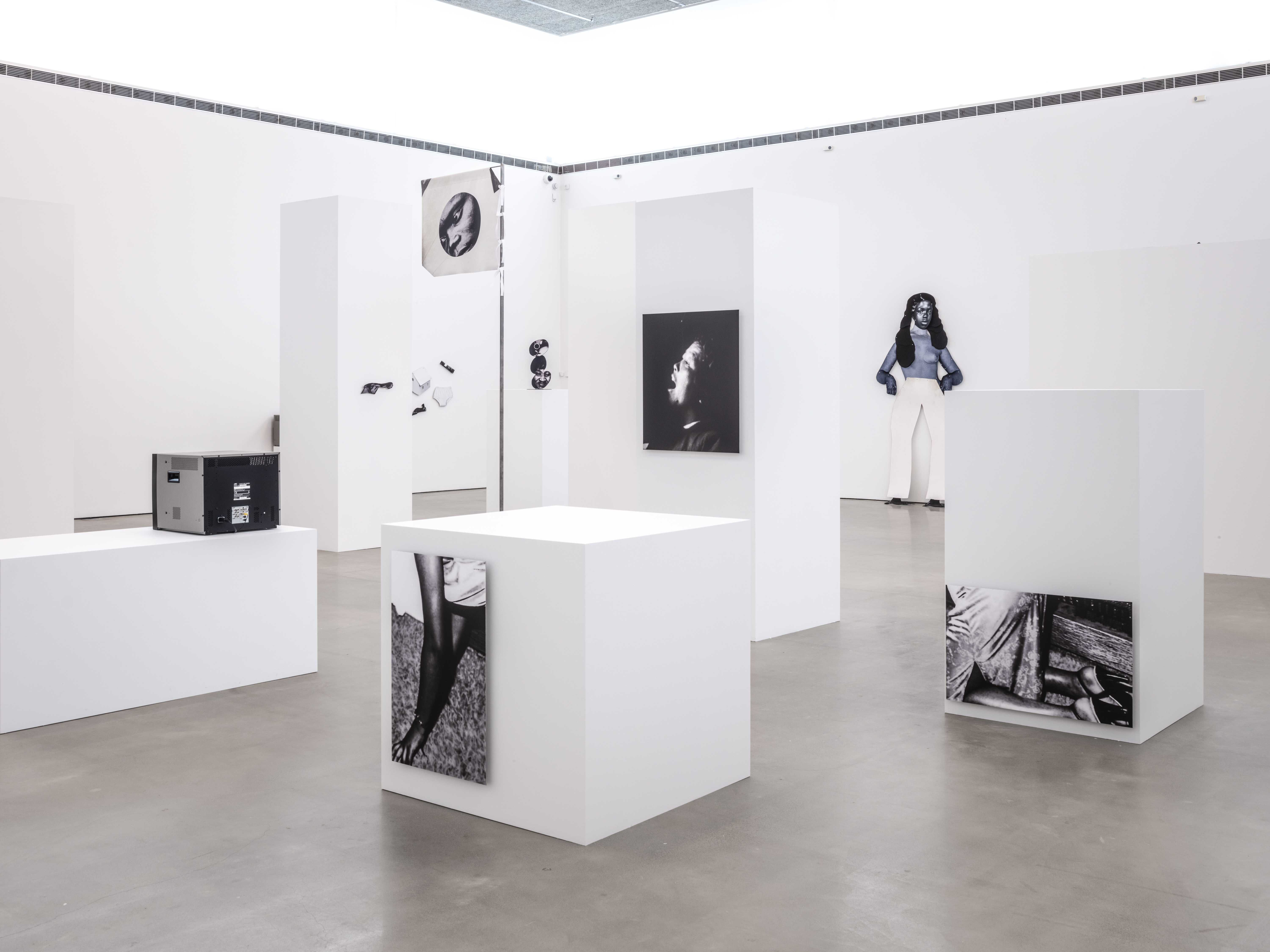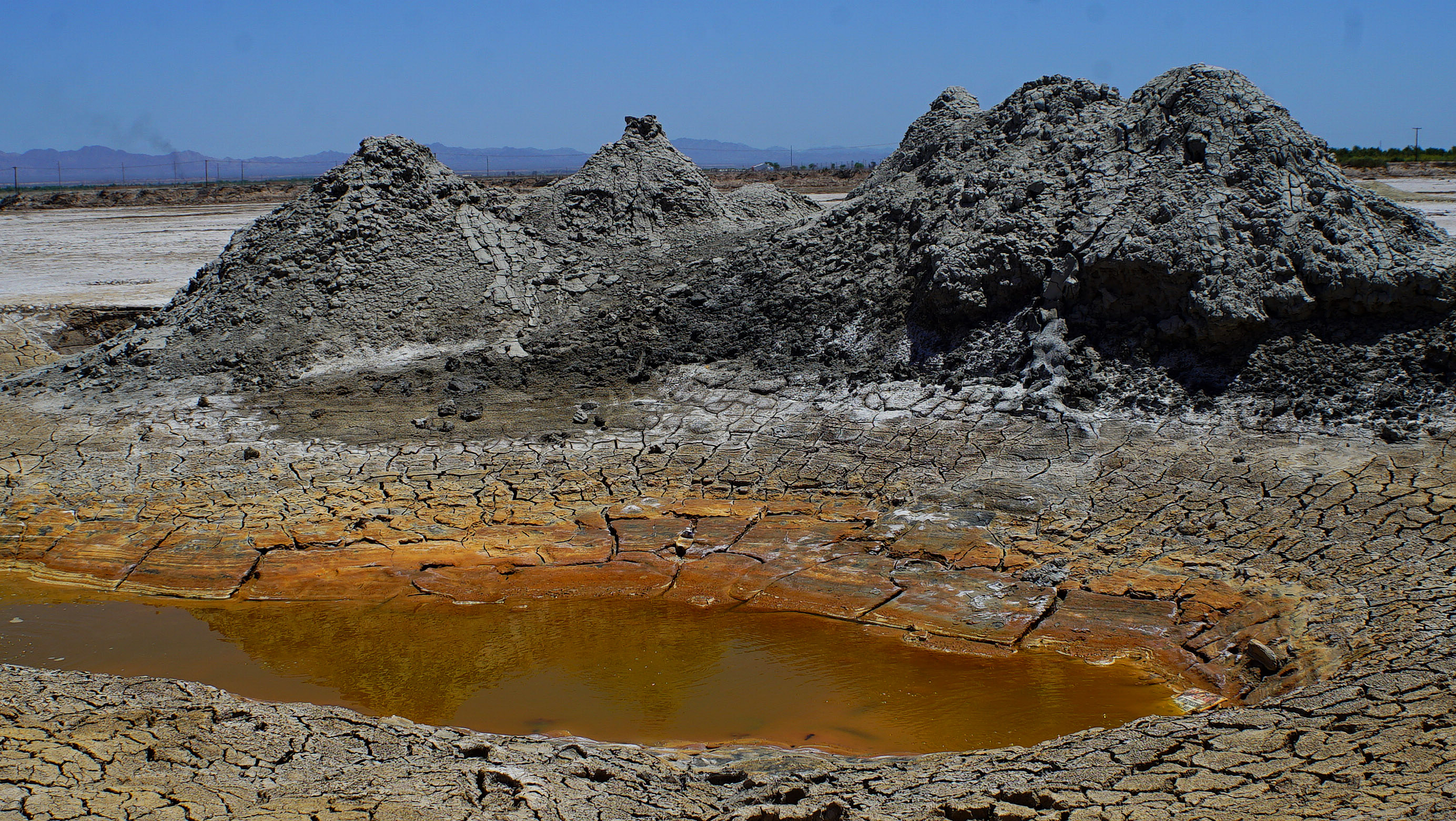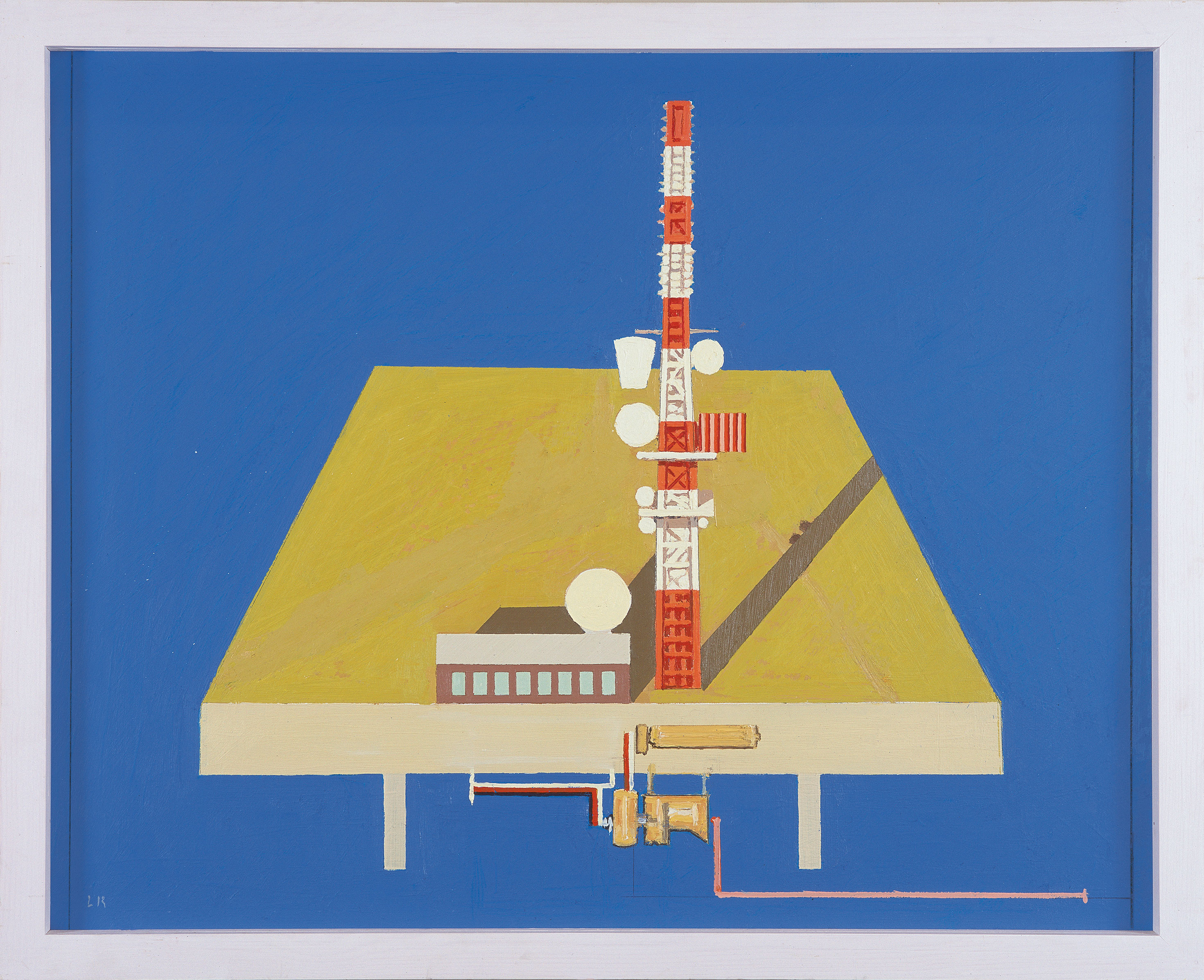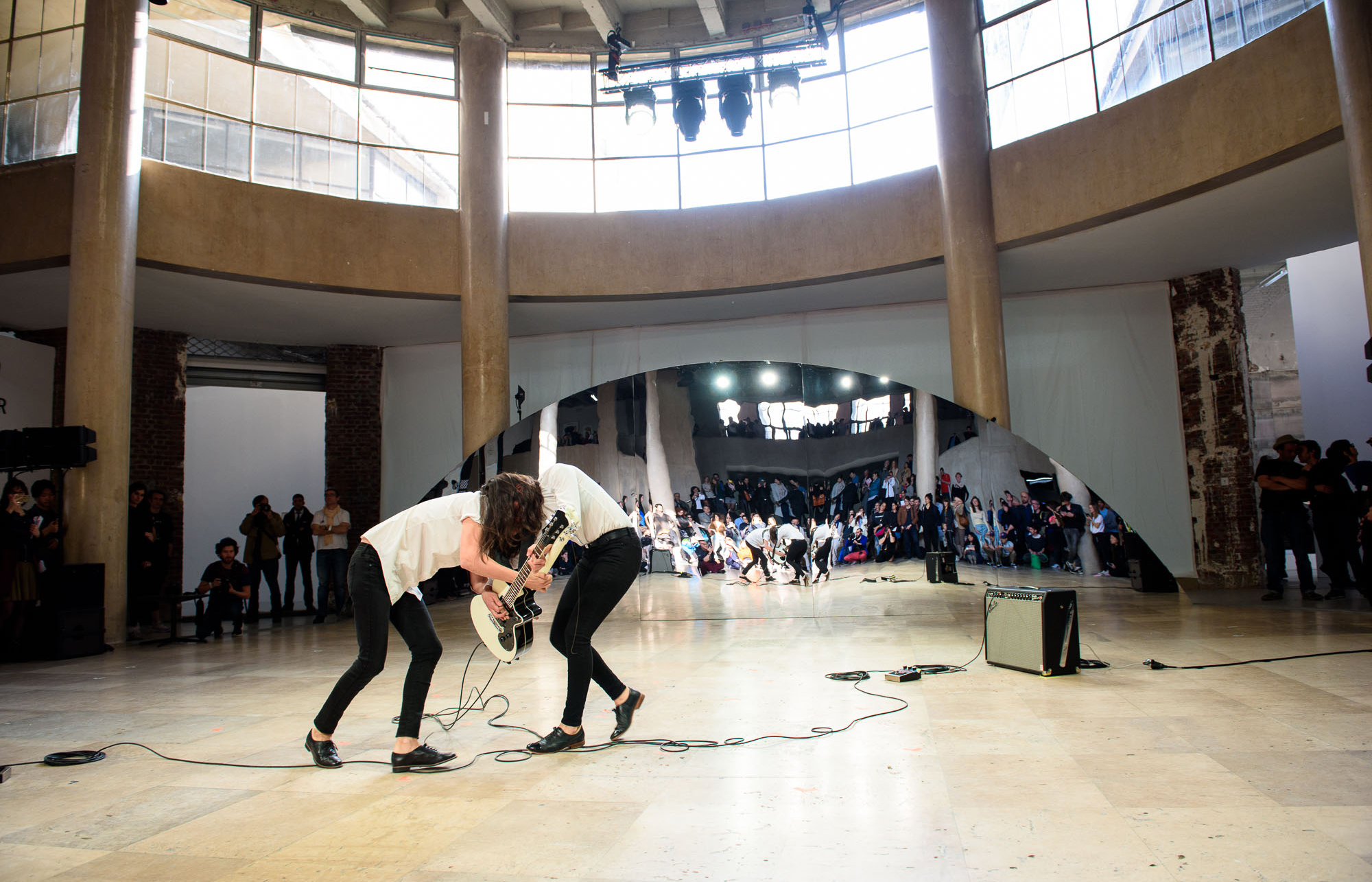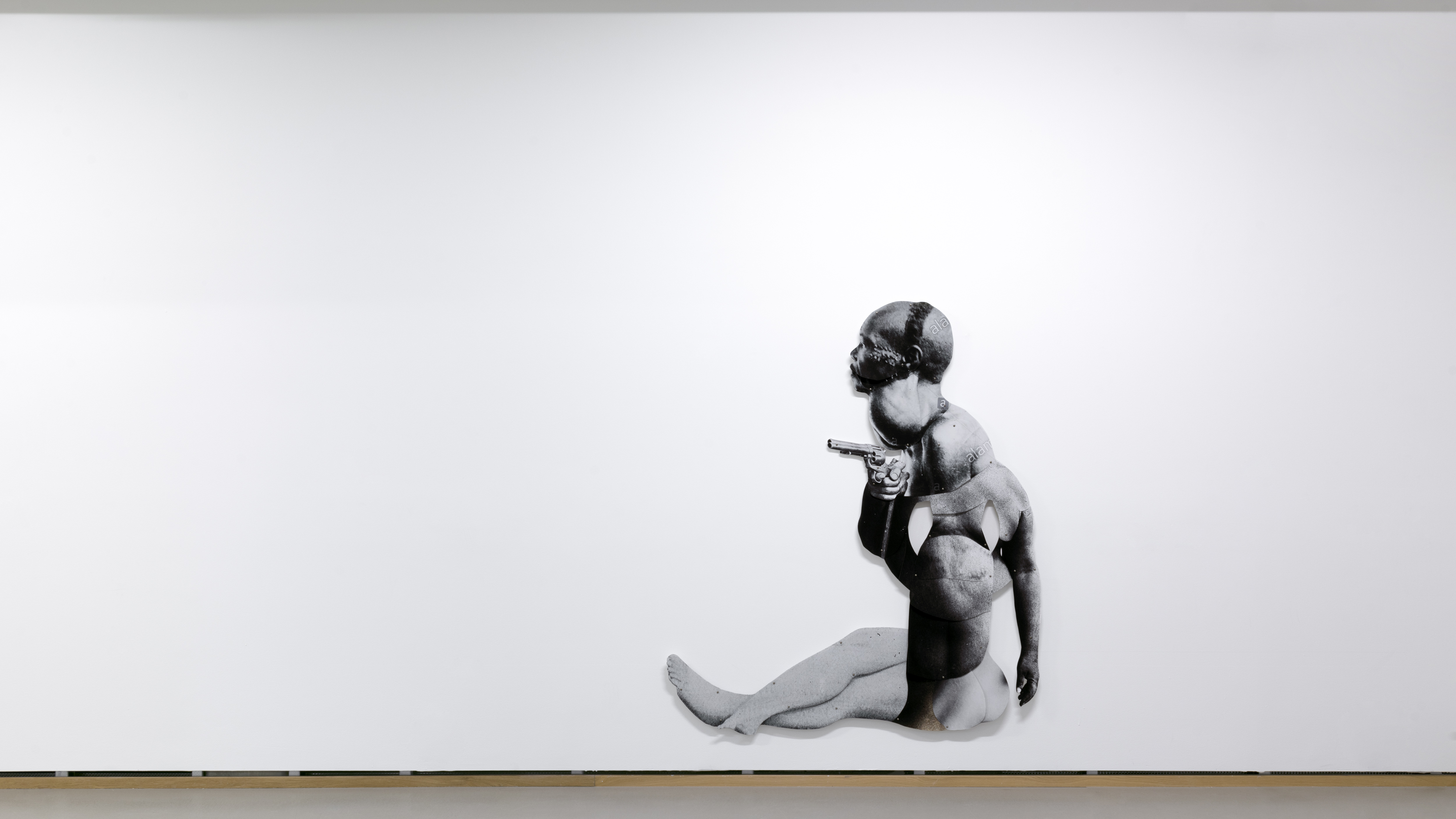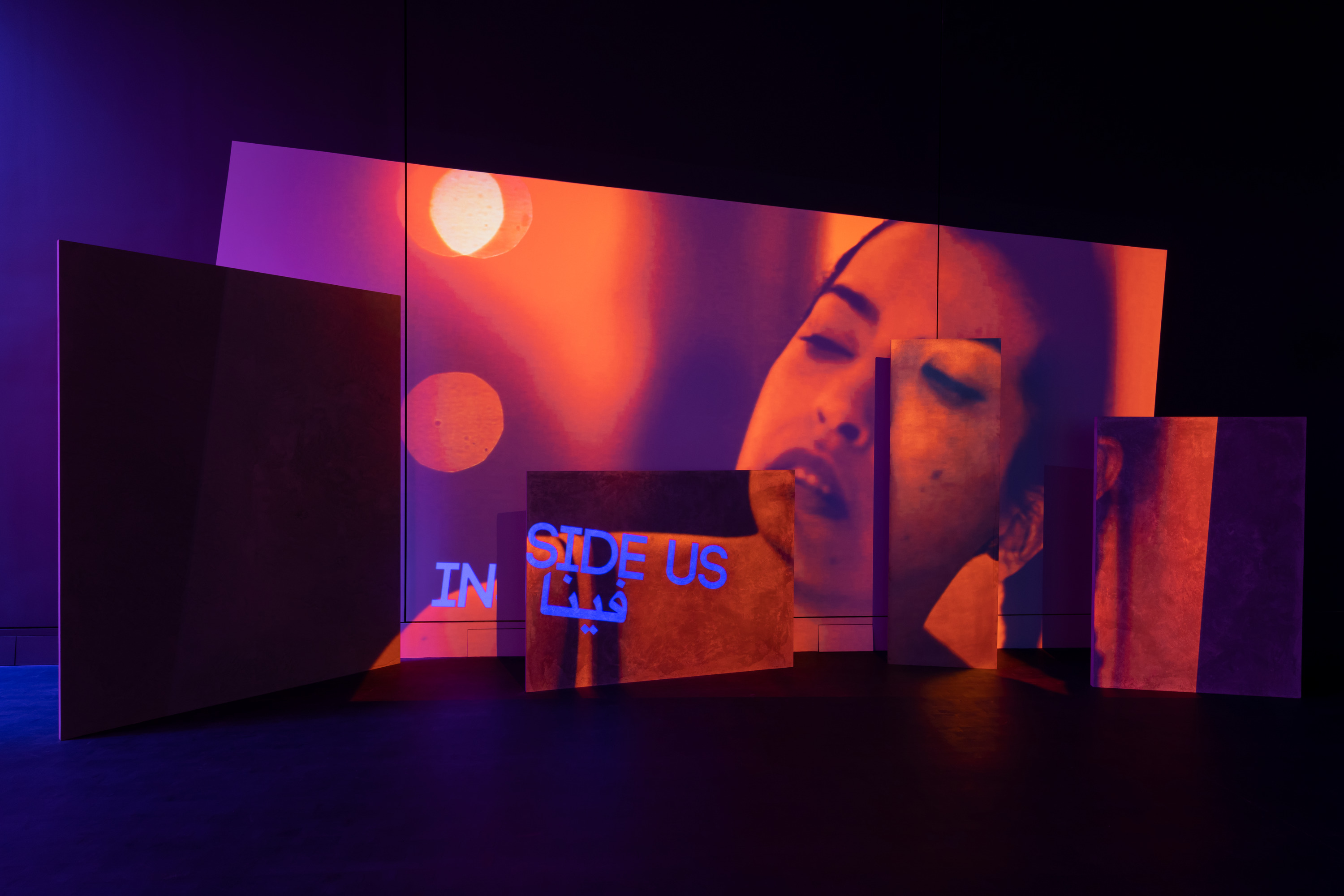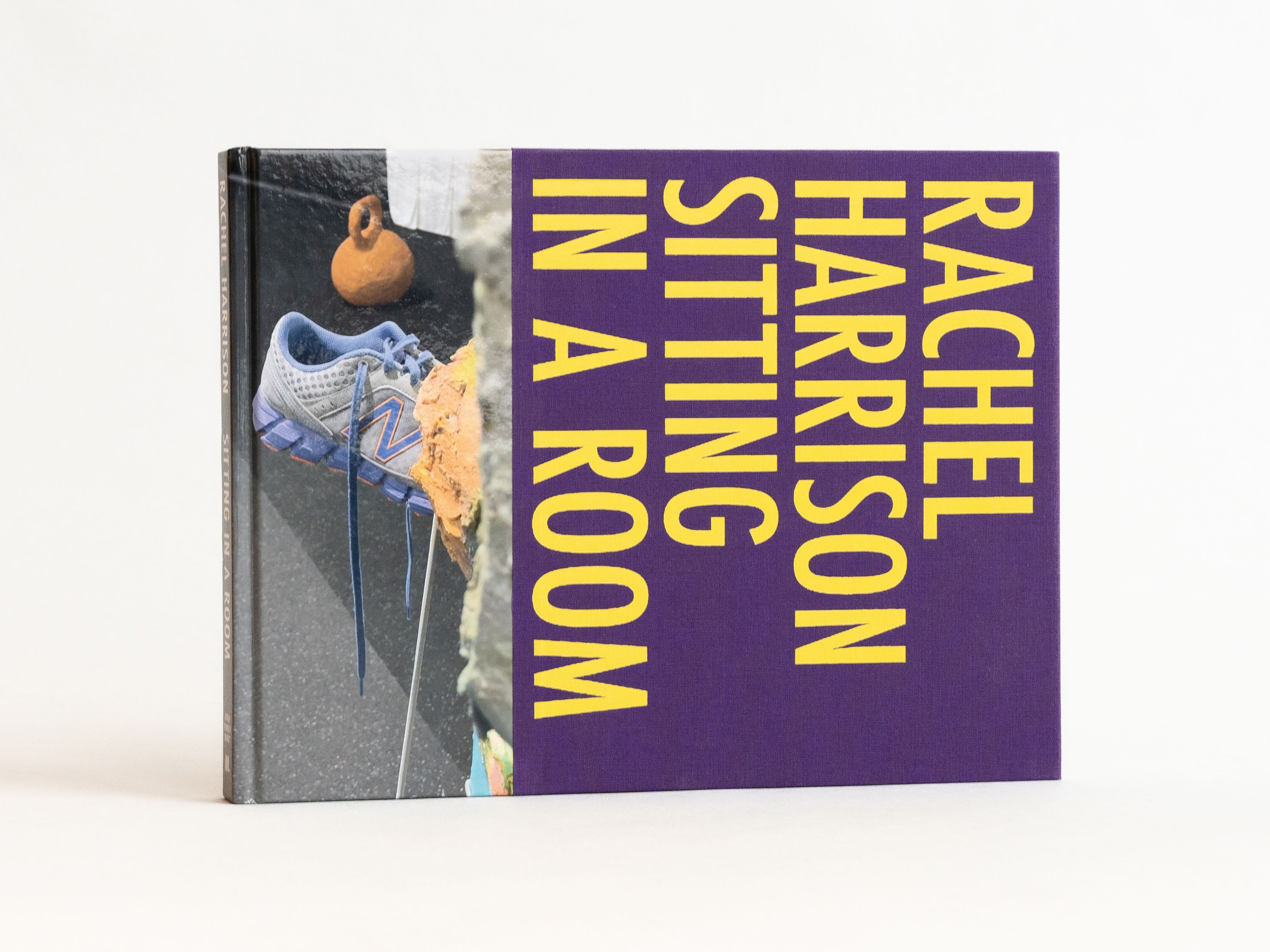Contemporary African Art
January 31–May 17, 2020
Oslo 0252
Norway
Hours: Tuesday–Wednesday and Friday 12–5pm
Thursday 12–7pm
Saturday–Sunday 11am–5pm
T +47 22 93 60 60
info@afmuseet.no
Alpha Crucis represents the final instalment of a series of exhibitions launched by Director Gunnar B. Kvaran in 2005, exploring art scenes in different countries and on different continents. The previous exhibitions have presented contemporary art from USA, Brazil, India, China and Europe, and now the focus is on Africa.
The exhibition aims to highlight the originality and diversity of African artists who live and work in sub-Saharan Africa and gathers seventeen artists from seven African countries. The artists belong to different generations and have diverse practices, which have resulted in an exhibition of works with impressive diversity in terms of materials, techniques and narratives.
The museum has invited the French curator and researcher André Magnin as guest curator. He has a long-standing relationship with Africa, and possesses a deep level of insight, knowledge and experience regarding various local art scenes on the African continent. Magnin was one of the main curators behind the legendary Magiciens de la Terre at Centre Pompidou and Grande Halle de la Villette in Paris in 1989, which was the first exhibition to simultaneously display art works by contemporary artists from all of the world’s continents in one place.
Alpha Crucis is the brightest star in the constellation of the Southern Cross, located in the Milky Way. It is one of the most visible stars in the night sky and indicates the direction of the South. As such, it is often used by navigators. However, the star is only visible from the southern hemisphere and therefore rarely mentioned in European antique astronomy. The title "Alpha Crucis" makes a statement advocating a reorientation of the polarised art world towards the south, in order to fight the ignorance that has endured too long and to shed new light on contemporary African art.
“The exhibition brings together three generations of artists who live and work in sub-Saharan Africa, most of them in large urban centres. It is not what they have in common that unites them, nor what kind of subject matter upon which they draw, but the necessities they have followed and what they lead us to think about. Their works are steeped in their political and religious context, their encounters and their experiences. Whether they have an academic training, whether they have inherited traditions or are ‘self-taught,’ they create art without being concerned with historical models. They trace their own paths, they invent themselves, they create worlds, allowing themselves every liberty and experiment. Art is a language and access to languages allows us access to society, to the world.” –André Magnin, from the exhibition catalogue
Artists
Seyni Awa Camara (1945, Senegal), Omar Victor Diop (1980, Senegal), John Goba (1944-2019, Sierra Leone), Kay Hassan (1956, South-Africa), Romuald Hazoumè (1962, Benin), Nicholas Hlobo (1975, South-Africa), Lebohang Kganye (1990, South-Africa), Houston Maludi (1978, DR Congo), Abu Bakarr Mansaray (1970, Sierra Leone), Senzeni Marasela (1977, South-Africa), JP Mika (1980, DR Congo), Fabrice Monteiro (1972, Benin/Senegal), Rigobert Nimi (1965, DR Congo), Wura-Natasha Ogunji (1970, Nigeria), Chéri Samba (1956, DR Congo), Amadou Sanogo (1977, Mali), Billie Zangewa (1973, South-Africa).
Exhibition catalogue
The catalogue published in connection with the exhibition presents images of all the works featured in the exhibition together with writings by eminent intellectuals and connoisseurs of contemporary art in Africa: Sean O’Toole (South Africa), Franck Hermann Ekra (Ivory Coast), Ayodeji Rotinwa (Nigeria) and Babacar Mbaye Diop (Senegal). With introductions by Director Gunnar B. Kvaran and curator André Magnin.
Astrup Fearnley Museet
Founded in 1993, the museum is one of Scandinavia's most notable contemporary art museums. The museum holds the extensive Astrup Fearnley Collection, which includes iconic works by artists like Damien Hirst, Anselm Kiefer and Jeff Koons and presents changing exhibitions that both draw on the collection and new commissions by artists from all over the world. The museum is beautifully located by the Oslo Fjord in an iconic building designed by world-renowned architect Renzo Piano.
